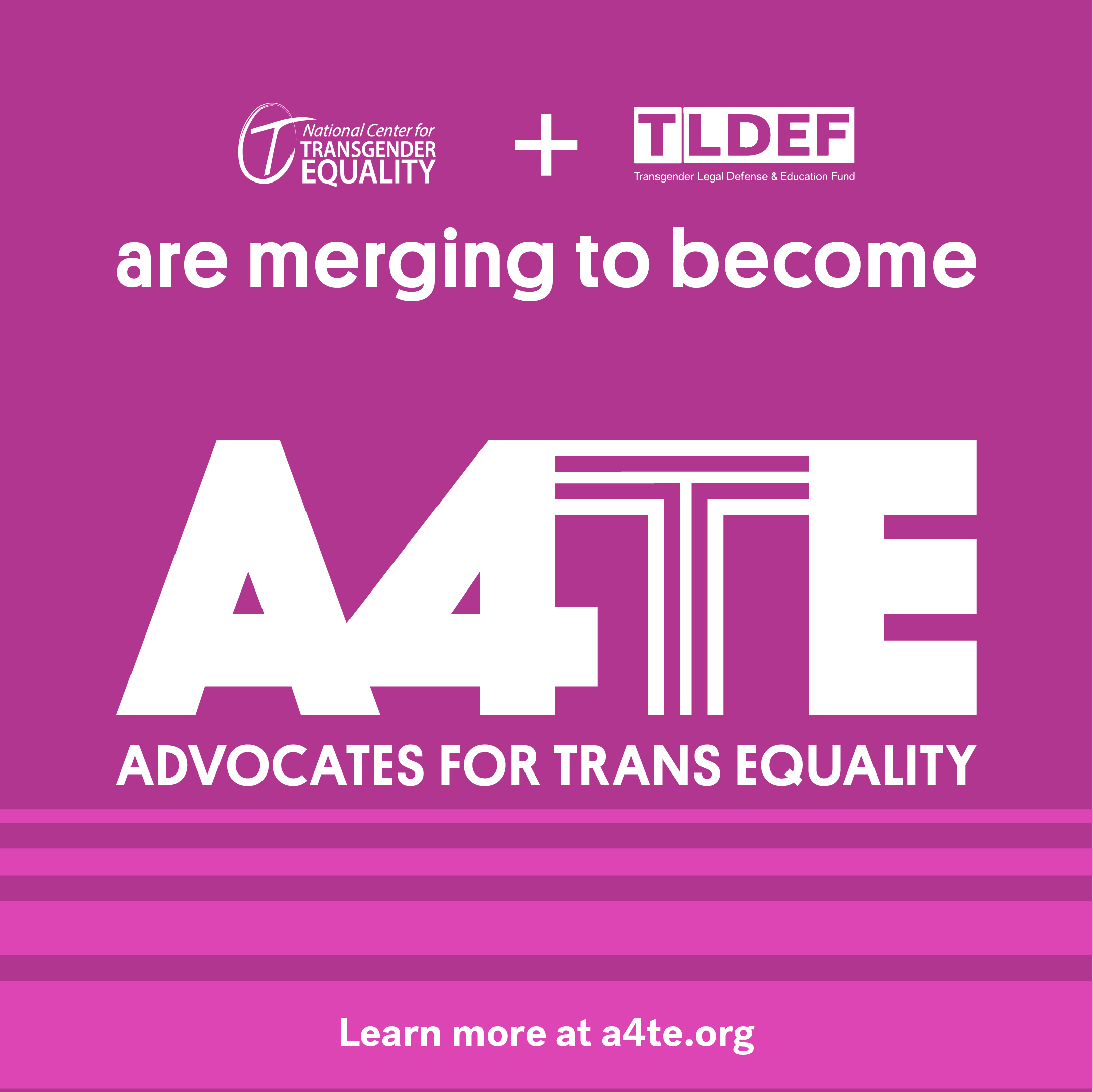Updated September 2013
Transgender people identify as or express a gender that is different from the sex they were assigned at birth. This includes transgender women who were assigned male at birth but live and identify as women, or transgender men who were assigned female at birth but live and identify as men, and also people who are gender nonconforming and may not identify as male or female. All transgender people are at significant risk of harassment and physical or sexual assault by people who do not understand, are fearful of or do not approve of transgender people.

Evacuation shelters must be safe places for transgender evacuees because, like other evacuees, they have nowhere else to go. Additionally, shelters and disaster relief providers are subject to federal, state and local laws prohibiting discrimination based on gender stereotypes and gender identity. They may also experience unique difficulties in this time of crisis. It is not difficult to ensure safe shelter for transgender people. Here are some guidelines:
Respect a person’s self-identification of their gender.
According to the National Coalition for the Homeless, if someone identifies herself as a woman, she should be treated as a woman in all circumstances, regardless of whether she was born male and regardless of her anatomy or medical history. Similarly, if someone identifies as male he should be treated as a male in all regards. A person’s stated identity should be recognized and respected, and shelter staff/volunteers should use the name and pronoun (e.g., “he” or “she” or "they") that the person prefers. If you don’t know what terms to use, ask politely.
Understand that people may not have updated identification.
Evacuees who fled their homes in crisis may not have identification that correctly identifies their gender or the name they use. The gender and name a person provides should be respected and used, regardless of the gender and name listed on their documents.
Respect a person’s evaluation of what housing options are safe or unsafe for that person.
Transgender people should be allowed to choose the housing option that they believe is the safest for them. Generally, if shelters are sex-segregated, people who identify as men should be housed with men and people who identify as women should be housed with women. This is true regardless of whether people have ID showing this name/gender, regardless of whether they look masculine or feminine, and regardless of whether they’ve had sex reassignment surgery. However, a person’s own evaluation of their safety should always be respected. For example, transgender men may be concerned that they would be perceived as female in a men’s shelter, and feel safer housed with women. Some people may not clearly identify as male or female, and should be accommodated where they will feel most safe. When possible, shelters should also offer transgender residents the ability to sleep within eyesight/earshot of the night staff to lower the risk of assault and harassment.
Respond to inappropriate behavior or harassment by any person.
Harassment of any person, including a transgender person, should not be tolerated. Don’t base policies or rules on untrue stereotypes about transgender people. It is not fair or correct to assume, for example, that just because a person is transgender or was assigned male at birth they are a physical threat to others. Enforce rules based only on inappropriate behaviors.
Ensure safe restroom and shower options.
Transgender people should be welcome to use restrooms and showers that correspond to their self-identified gender, or the facilities that feel safest for them. It is almost never illegal for people to use the restroom that corresponds to the gender they identify as. In fact, in many places, it is illegal to deny them access to the restroom that corresponds to the gender they identify as. Other people’s discomfort is not a valid reason to deny a transgender person access to facilities. If possible, gender-neutral restrooms should be made available. It may be necessary to add a stall door or shower curtain to address valid privacy and safety concerns.
Understand that transgender people may not “look like” the people they feel they are.
Evacuees are generally without their personal toiletries, clothing, makeup, shaving supplies and all of the other items they typically use to groom. For example, a transgender woman may be unable to shave facial hair without her toiletries. This does not mean she should be treated with disrespect or not seen as a woman.
Keep a person’s transgender status confidential, unless they tell you otherwise.
This minimizes the risk of discrimination and violence. Transgender status is personal health information that is no else’s business.
ADDITIONAL RESOURCES
For additional assistance with providing safe shelters, contact one of Lambda Legal’s Help Desks through our Toll-Free National Hotline. They can help with legal issues, provide information about local lesbian, gay, bisexual and transgender community centers that can help LGBT evacuees and provide information relating to hormones and other prescription drugs including HIV/AIDS medication.
Lambda Legal National Hotline
866-542-8336
Lambda Legal Regional Help Desks
New York, NY: (212-809-8585)
Atlanta, GA: (404-897-1880)
Community organizations and individuals can also contact the Federal Emergency Management Agency (FEMA) Office of Equal Rights (1 800 621 3362) to seek technical assistance or file a complaint of discrimination.

